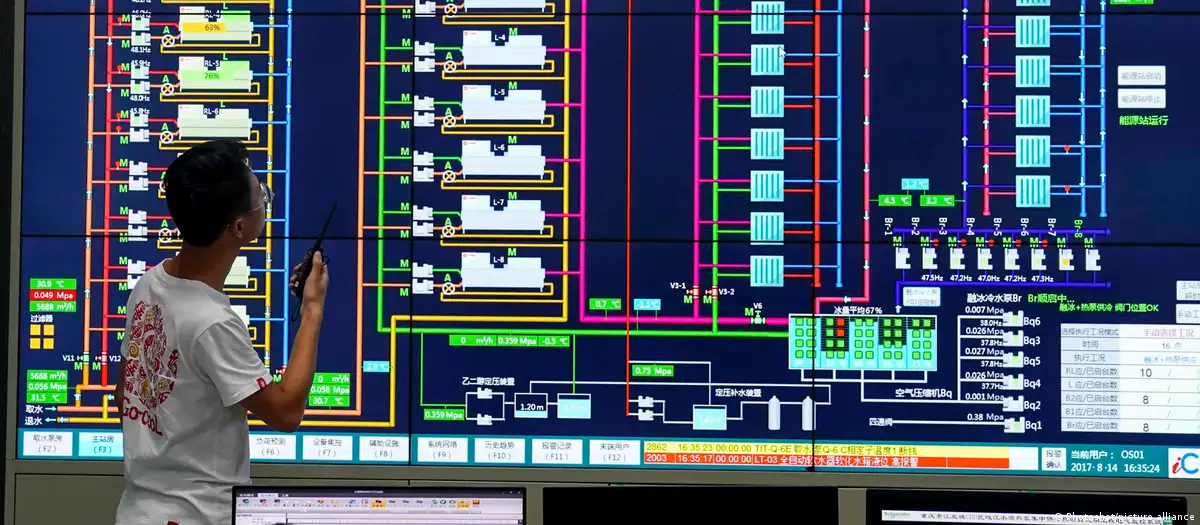
The world’s largest polluting nation has maintained stable or falling levels of carbon dioxide emissions for 18 consecutive months, driven by the rise in solar energy generation and the use of electric vehicles.
CO2 emissions in China remained stable or falling for the 18th consecutive month, according to an analysis published this Tuesday (11/11) by Carbon Brief, an internet portal specializing in climate news. According to the study, this is due to factors such as the increase in solar energy generation and the continued growth in the use of electric vehicles.
“After the first three quarters of the year, China’s CO2 emissions in 2025 are now in a delicate balance between a small drop or an increase, depending on what happens in the last quarter,” explained Lauri Myllyvirta, chief analyst at the Helsinki-based Center for Energy and Clean Air Research.
The trend, which began in March 2024, indicates that CO2 emissions could fall this year, after rising 0.8% early last year due to the post-pandemic recovery, according to previous Carbon Brief analysis.
For 2025, however, the prospects are a little more encouraging. “A drop in the annual total became much more likely after September, when an approximately 3% reduction in emissions compared to the previous year was recorded,” said Myllyvirta, who is also a senior fellow at the Asia Society Policy Institute.
“While an increase or decrease in emissions of 1% or less may not make a big difference in an objective sense, it has greater symbolic significance,” Myllyvirta said. “China’s policymakers have left room for emissions to rise for a few more years, leaving the timing of the peak open,” he noted.
Demand for plastic prevents further decline
The analysis, based on official Chinese data, comes within the scope of the UN Climate Conference, COP30, which began in Belém this Monday.
Emissions from the power sector, China’s main source of CO2, remained stable in the third quarter despite strong demand for electricity, the expert said. Stability occurred because the increase in emissions from the chemical sector offset falls or stabilization in other sectors.
A few years ago, air pollution levels in China reached alarming levels [imagem de arquivo] | Simon Song/Newscom/SCMP/IMAGO
The growth of the chemical industry prevented total emissions from falling. Plastic production grew 12% year-on-year between January and September, driven by growing domestic demand for plastics for food delivery and e-commerce.
Oil demand and emissions grew 10% as production of plastics and other chemicals increased, the analysis found. At the same time, emissions from the transport sector fell by 5%, with declines also in cement and steel production.
Electricity generation from solar energy increased by 46%, while wind energy grew by 11% compared to the same period last year.
Chinese goals below expectations
In September, China released its first absolute targets for reducing greenhouse gases.
Under the new plan, China will reduce emissions across its economy by 7% to 10% by 2035, relative to the country’s peak emissions year, estimated for 2025. This commitment was China’s first in terms of reducing emissions, although the scale of the cuts fell short of expectations.
China has previously pledged to peak its carbon emissions before 2030 and achieve carbon neutrality by 2060, although it has never set short-term numerical targets for total emissions reductions.
Originally published by DW on 11/11/2025
Source: https://www.ocafezinho.com/2025/11/12/china-consegue-manter-emissoes-de-co2-sob-controle/

